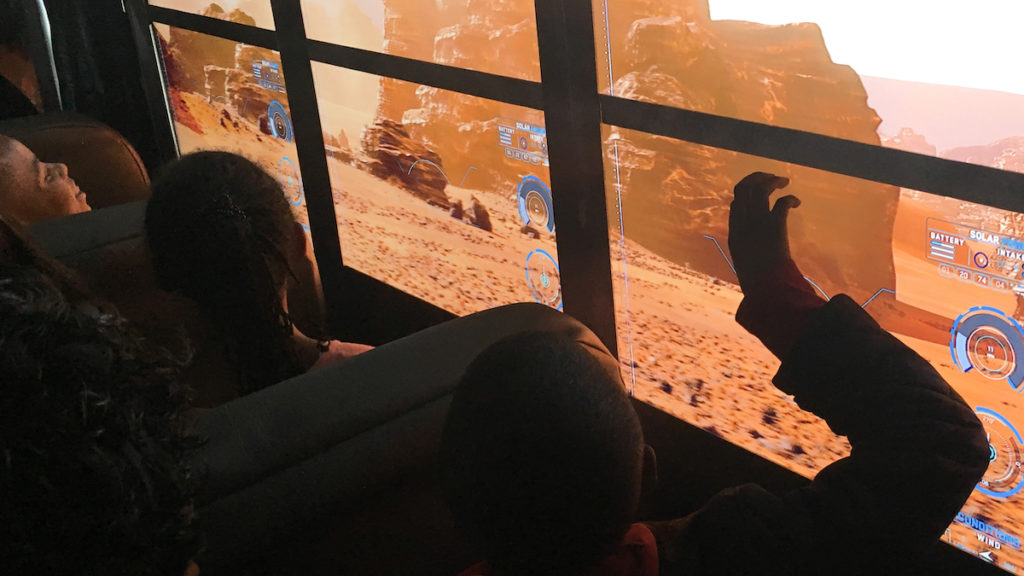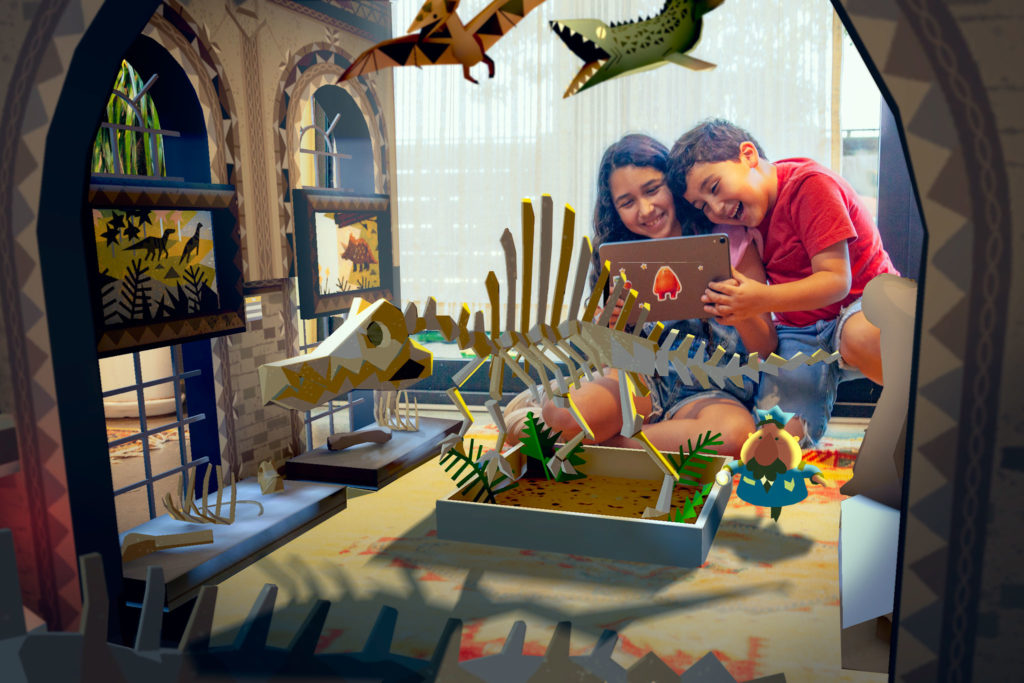VR and AR are technologies that have the capacity to truly revolutionize education.
Their immersive nature elevates the students’ learning experience, allowing them to absorb course material in ways that haven’t been done before.
Marques Coleman notes that aside from the traditional way of learning within the four walls of a classroom, these technologies allow the students to go on virtual museum tours, embark on pretend field trips through space, perform experiments in virtual laboratories, and participate in a slew of other exciting activities. This is especially useful now that remote learning is now much more widely practiced.

But considering how VR and AR are not mainstream in schools just yet, it can be challenging to infuse them into the curriculum. It’s not an easy feat, but it’s also not impossible. Here are some ways on how learning institutions can prepare for inevitable VR/AR integration.
Evaluate the standards for quality.
Given how VR and AR are relatively new tools in the learning space, it can be difficult to judge quality content. Teach Thought highlights how important it is to ensure learning is not occurring in a vacuum. Educators should see to it that the content still aligns with the district’s existing education. Ideally, when planning virtual content to implement in class, there should be diversity in topics, so students experience new things, deepen their knowledge, and broaden their horizons.
It would also help if there were a variety of programming types, like animation, video, interactive games in order to stretch the learners’ imagination and avoid predictability. In order to take full advantage of what VR and AR can offer, students must have their senses stimulated, so they are fully engaged and immersed in the lessons through auditory and visual components. What’s more, students and teachers can use the tech to rewind, pause, and skip content, so they can learn and teach at their own pace and are in complete control of the content delivery.
Move beyond a traditional education.
When preparing for VR/AR integration, it’s important to not just stick to traditional subjects, but instead use the technology to lead students to new areas of learning. Educators can play a pivotal role in facilitating learning and using tech towards that goal, which is why using tech in new ways should be at the forefront of your mind when integrating anything new like VR/AR into the learning experience.
One new way VR can be integrated outside the traditional means is by teaching students new ways to connect with other people. Susan Bartel, an associate professor of Higher Education Leadership for Maryville University’s online doctorate in education program, emphasizes the importance of empathy in education. “One valuable lesson we teach in our program is understanding the perspectives of all constituents by putting yourself in the shoes of people you serve,” she explains. And while it may sound like a strange concept to link to VR and AR, a 2018 article published in the journal Frontiers in Robotics and AI found that VR could help cultivate empathy by putting students in the shoes of other people.
By putting students in different situations that aren’t physically possible inside a classroom they will be able to experience sensations they would never usually come across. For instance, Courtney Cogburn, a professor at Columbia University’s School of Social Work, worked with Stanford University’s Virtual Human Interaction Lab to create an experience called a “1000 Cut Journey,” which helped educate students on racism. This was done by helping them understand what it felt like to be targeted and is a clear example of how VR/AR can be used for much more than just STEM education.

Use it for teacher training.
VR and AR technologies offer a brand new learning experience for students, but it can also beef up the skillset of educators. A study published in Education Sciences notes that AR will eventually lead to teachers having to continuously train to keep up. This will further increase their skill set as educators rather than replace them. It’s also worth noting that since VR and AR can simulate real-life classroom settings, teachers can leverage it to test out course material they’re hoping to implement in their class, allowing them to practice and improve their classroom management skills along the way.
While it is not quite there yet, VR/AR will soon transform the classroom and how different subjects are taught. Teachers and students will both no doubt benefit from this technological evolution.
Feature Image Credit: Lenovo
The post How Can Schools Prepare for VR/AR Integration? appeared first on VRScout.



